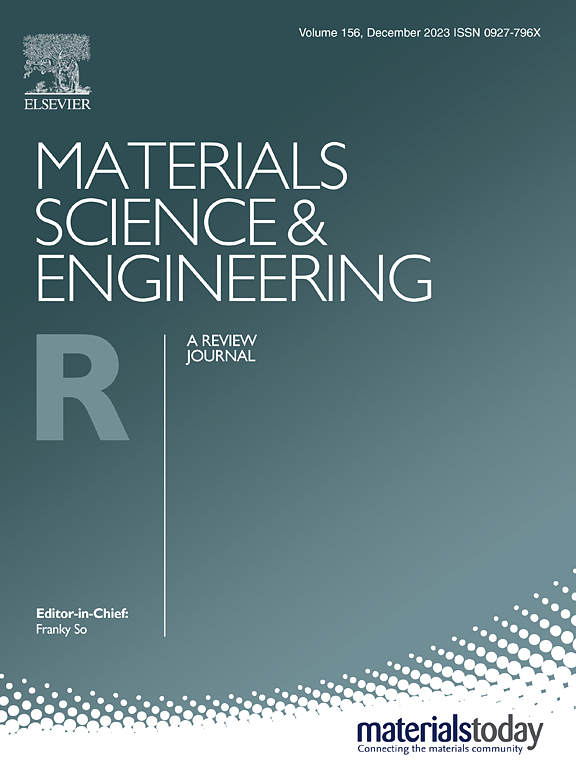The correlation between molecular structure and superlubricity in homojunctions of 2D materials
IF 31.6
1区 材料科学
Q1 MATERIALS SCIENCE, MULTIDISCIPLINARY
引用次数: 0
Abstract
Despite the abundant structure of two-dimensional (2D) materials in superlubricity research, a comprehension of the underlying structure principles governing their performance remains elusive. This paper comprehensively investigated the interlayer sliding behavior of several representative 2D material homojunctions, and elucidated the influence mechanism of molecular structure on their superlubricating properties. The interlayer friction of 2D material homojunctions were experimentally investigated using an innovative technique based on the orientation and transfer of nanosheets. The simulated results not only validate the widely recognized mechanisms of maximum energy corrugation (Ec) for interlayer friction and maximum binding energy (Γb) for interlayer adhesion, but also propose an energy-based index, Ec/│Γb│, to track the experimental trend of friction coefficient (μ) in accordance with molecular friction theory. Furthermore, two interlayer friction mechanisms, potential barrier and potential well, are resolved and the intrinsic relationship between the structural form and mechanism manifestation is elucidated. The efficacy of hybridization in the structural design of superlubricating materials has been theoretically demonstrated, as experimentally evidenced by the exceptional performance exhibited by metal-organic frameworks (MOFs) (μ: 5.5*10−4).
二维材料同质结中分子结构与超润滑性之间的相关性
尽管二维(2D)材料的结构在超润滑性研究中非常丰富,但人们对其性能的基本结构原理仍然缺乏了解。本文全面研究了几种具有代表性的二维材料同结的层间滑动行为,阐明了分子结构对其超强润滑性能的影响机理。利用一种基于纳米片取向和转移的创新技术,对二维材料同结的层间摩擦进行了实验研究。模拟结果不仅验证了广泛认可的层间摩擦的最大能量波纹(Ec)和层间粘附的最大结合能(Γb)机制,而且根据分子摩擦理论提出了一个基于能量的指标 Ec/│Γb│,以跟踪摩擦系数(μ)的实验趋势。此外,还解析了势垒和势阱两种层间摩擦机理,阐明了结构形式与机理表现之间的内在联系。金属有机框架(MOFs)(μ:5.5*10-4)的卓越性能证明了杂化在超润滑材料结构设计中的理论功效。
本文章由计算机程序翻译,如有差异,请以英文原文为准。
求助全文
约1分钟内获得全文
求助全文
来源期刊

Materials Science and Engineering: R: Reports
工程技术-材料科学:综合
CiteScore
60.50
自引率
0.30%
发文量
19
审稿时长
34 days
期刊介绍:
Materials Science & Engineering R: Reports is a journal that covers a wide range of topics in the field of materials science and engineering. It publishes both experimental and theoretical research papers, providing background information and critical assessments on various topics. The journal aims to publish high-quality and novel research papers and reviews.
The subject areas covered by the journal include Materials Science (General), Electronic Materials, Optical Materials, and Magnetic Materials. In addition to regular issues, the journal also publishes special issues on key themes in the field of materials science, including Energy Materials, Materials for Health, Materials Discovery, Innovation for High Value Manufacturing, and Sustainable Materials development.
 求助内容:
求助内容: 应助结果提醒方式:
应助结果提醒方式:


